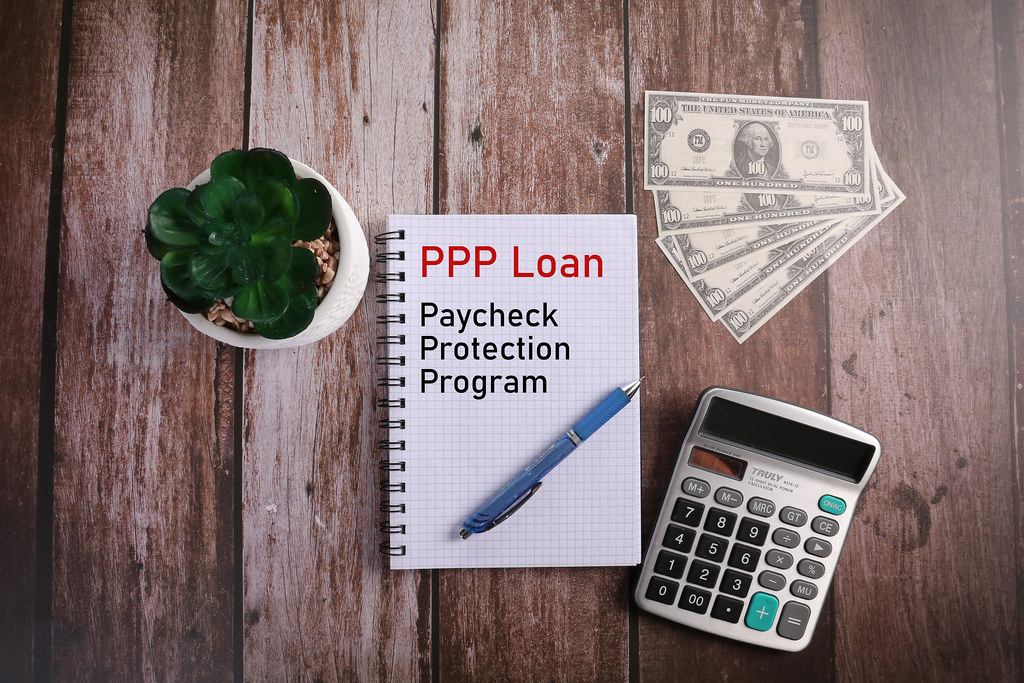
How do you report your PPP Loans when they are forgiven?
Enacted through the CARES Act, on March 27th, 2020, as a response to the COVID-19 pandemic’s effect on small businesses, the Paycheck Protection Program, PPP, has helped many businesses keep their workforce employed during the COVID-19 crisis. Regardless, it is important to understand that the PPP loan is a loan that a business must pay back, but thanks to a new PPP loan forgiveness program some businesses may be in luck. In the case of the PPP loan forgiveness, if the PPP loan is not fully forgiven to the borrower, the business must pay back the remaining balance to the lender by the maturity date. The borrowers of the PPP loan must have used at least 60% of the loan amount to fund employee wages within 24 weeks of receiving the money to be eligible for PPP loan forgiveness.
Now let’s talk about accounting for the loan forgiveness. The IRS provided 3 new revenue procedures when recording PPP loan forgiveness on business tax returns involving timing issues, allocation issues, and amended returns. For the timing issues, IRS released Rev. Proc. 2021-48 which outlines how we can treat the income at different times of the PPP forgiveness application timeline as well as a description of the adjustments to be made to a return when a PPP loan is partly forgiven. For allocation issues, the IRS released Rev. Proc. 2021-49 which gives us an outline of how partnerships and corporations should allocate forgiveness. For partnerships, the forgiveness amount can be allocated among the partners as adjustments to the bases in their partnership interests. Similarly, corporations must adjust the stock basis by subsidiary members of consolidated groups. Rev. Proc. 2021-50 allows a Bipartisan Budget Act partnership to file an amended return and issue amended K-1s for the tax years ending after March 27th, 2020, but they must all be filed by December 31, 2021. The Bipartisan Budget Act partnership is simply a partnership that began filing after 12/31/2017.
Simply put, the Small Business Administration is allowing businesses to submit applications for PPP Loan Forgiveness. Since the PPP loans happened under an event, COVID-19 pandemic, which is considered to be unusual and infrequent in nature, it should be presented in the income statement as a separate component of income from continuing operations. Thus, the PPP loan liability account should be debited and there should be a credit to a “other income” category because of the “infrequent-ness” of this transaction’s occurrence. The interest incurred in the period should have been placed in an accrued liability account with the 1% interest rate that PPP loans carry and accrue every month, by law. When the loan is forgiven and/or paid the way that the loan’s forgiveness itself is the same way you would record the forgiveness’ effect on the interest.
The SBA announced that after the date the loan is forgiven or paid in its entirety, the borrowers must retain their PPP documentation for at least 6 years because the SBA loans can be reviewed at any time.1